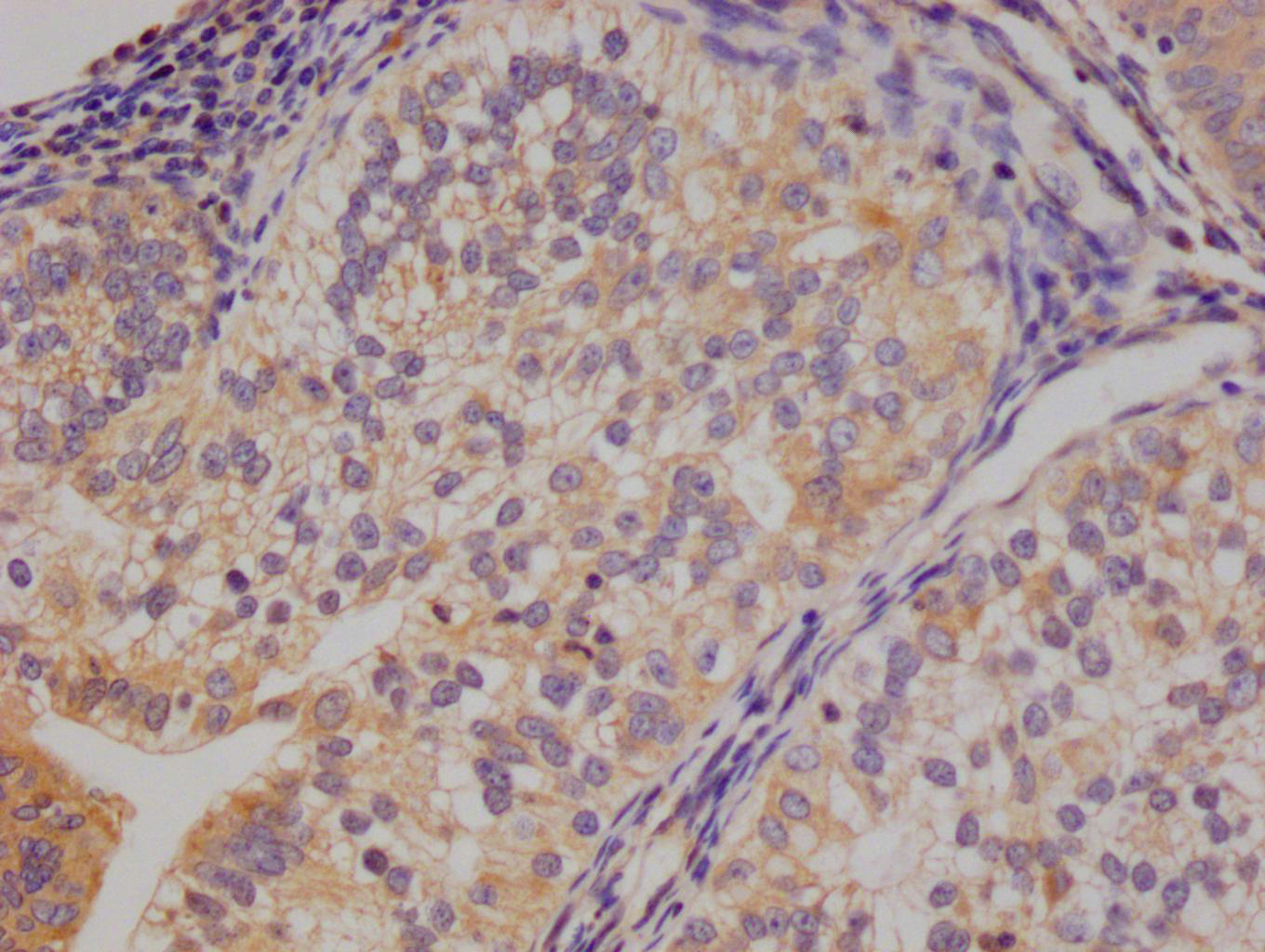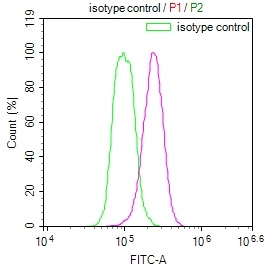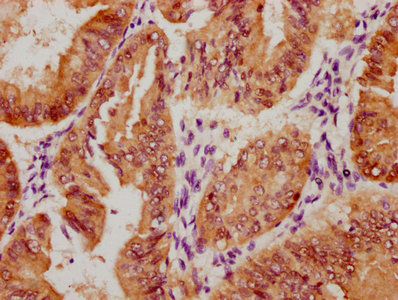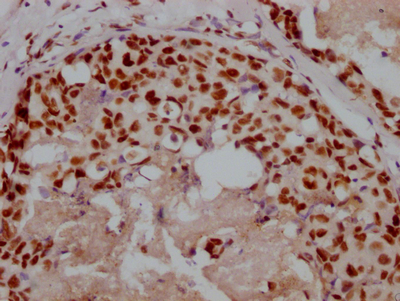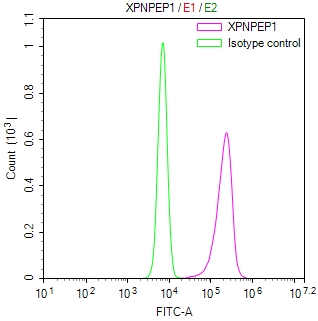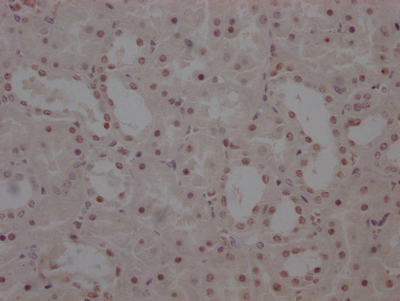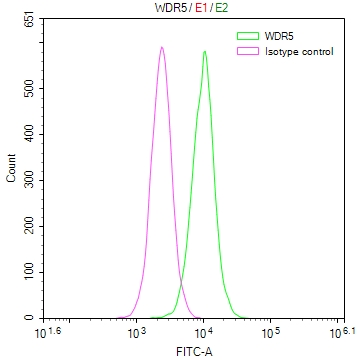VWA5A Antibody
-
中文名稱:VWA5A兔多克隆抗體
-
貨號:CSB-PA578700
-
規(guī)格:¥2024
-
圖片:
-
其他:
產(chǎn)品詳情
-
產(chǎn)品名稱:Rabbit anti-Homo sapiens (Human) VWA5A Polyclonal antibody
-
Uniprot No.:
-
基因名:VWA5A
-
宿主:Rabbit
-
反應種屬:Human
-
免疫原:Synthesized peptide derived from Internal of Human LHR2A.
-
免疫原種屬:Homo sapiens (Human)
-
克隆類型:Polyclonal
-
純化方式:The antibody was affinity-purified from rabbit antiserum by affinity-chromatography using epitope-specific immunogen.
-
濃度:It differs from different batches. Please contact us to confirm it.
-
產(chǎn)品提供形式:Liquid
-
應用范圍:ELISA,WB
-
推薦稀釋比:
Application Recommended Dilution WB 1:500-1:3000 -
Protocols:
-
儲存條件:Upon receipt, store at -20°C or -80°C. Avoid repeated freeze.
-
貨期:Basically, we can dispatch the products out in 1-3 working days after receiving your orders. Delivery time maybe differs from different purchasing way or location, please kindly consult your local distributors for specific delivery time.
-
用途:For Research Use Only. Not for use in diagnostic or therapeutic procedures.
相關產(chǎn)品
靶點詳情
-
功能:May play a role in tumorigenesis as a tumor suppressor. Altered expression of this protein and disruption of the molecular pathway it is involved in, may contribute directly to or modify tumorigenesis.
-
基因功能參考文獻:
- BCSC-1 binds to Sox10, which down regulates MITF, and results in a switch of melanoma cells from a proliferative to a migratory phenotype. PMID: 22594792
- LOH11CR2A, PIG8 and CHEK1 are candidate tumor suppressor genes associated with breast carcinoma and have significant clinical as well as prognostic importance. PMID: 21803008
- BCSC-1 suppression might play roles in tumorigenesis of some nasopharyngeal carcinomas PMID: 19656157
-
組織特異性:Expressed at low level in many tissues. Not expressed in 80% of tumor cell lines tested.
-
數(shù)據(jù)庫鏈接:
Most popular with customers
-
-
YWHAB Recombinant Monoclonal Antibody
Applications: ELISA, WB, IHC, IF, FC
Species Reactivity: Human, Mouse, Rat
-
Phospho-YAP1 (S127) Recombinant Monoclonal Antibody
Applications: ELISA, WB, IHC
Species Reactivity: Human
-
-
-
-
-



